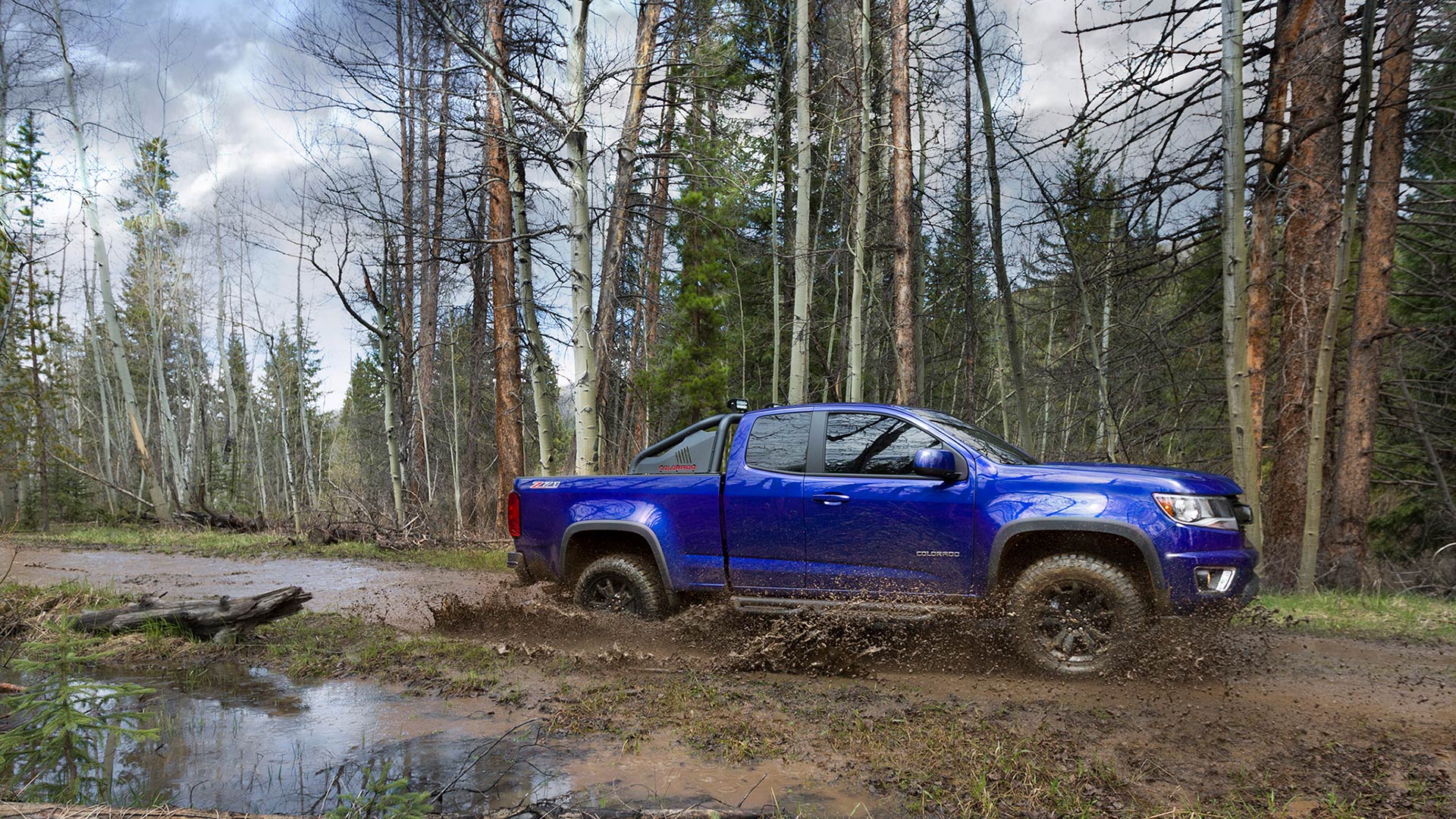

On July 28, 2011, the chief executives of America’s biggest carmakers gathered in Washington for a very unlikely bro-down. Appearing onstage with President Obama as he outlined a proposal that would require carmakers in the U.S. to achieve a fleetwide average of 54.5 mpg by 2025, the suits smiled and waved. There was reason to be cheerful, despite the seemingly onerous terms on the table.
Although that’d mean improving fuel-economy averages by 5 percent every year from 2017 to 2025, the execs—particularly those from General Motors, Ford and Chrysler—knew they’d negotiated a wicked nuclear option. The government acquiesced to demands that pickup trucks and SUVs be treated as another class of vehicle, and only be required to reflect 3.5-percent gains per year from 2017 to 2021.
Actually, no. We’ve got that wrong. That wasn’t why they were smiling; 1.5 basis points is no occasion for breaking out the PBR. But this is. Today. Right now.
We’re in the midst of the proposal’s midpoint review, the nuclear option negotiated by the carmakers, and lo and behold, most brands are nowhere close to delivering those 5-percent gains. Sure, Honda, Hyundai and Mazda can feel smug, and rightfully so, for being on track. It’s easy for them, considering they sat on the sidelines of the biggest car-purchasing trend of the past few years. And, no, that’s not crossovers. It’s pickups.
American carmakers sell hundreds of thousands of big, shiny, lumbering rigs every year, and the numbers are only increasing. Punctuating a record sales year of 17.5 million vehicles, the Ford F-Series, Chevrolet Silverado and Ram 1500-3500 were the top-selling vehicles in the country in December, with about 191,000 units sold. The closest crossovers, the Toyota’s RAV4, the Honda CR-V and Ford Escape, combined for just 91,000. Passenger cars? All you need to know is that Fiat-Chrysler will be discontinuing the 200 midsize sedan and Dart compact, and funneling those resources into Jeep and Ram. Boom.

As an op-ed in today’s New York Times notes, any fuel-efficiency gains in automakers’ passenger-car fleets since 2011 have been offset—and then some—by the proportionally larger uptick in pickup sales. Yes, pickups are losing weight; witness the 700-pound tummy tuck for the aluminum-body 2015 Ford F-150. And, yes, pickups are dropping cylinders and gaining turbochargers; witness again the F-150 with its EcoBoost V6. But guess what Ford’s best-selling vehicle is? Better yet, guess what the best-selling vehicle in America for 34 straight years has been? Hint: It ain’t the Focus Electric.
With pickup-truck sales running rampant amid historically low gas prices, carmakers reapproach the White House this year from a position of strength. They can state that the market has decided what they should be building, and who would they be to deny the American consumer?
The White House could remind carmakers of the carbon-based credits it built into its 2017-2025 proposal that would reward builders of “mild and strong hybrid electric (HEV) full-size pickup trucks”; stick some electrical guts in your Silverado, GM, and get a C02 credit. Yet, with the massive upfront investment for hybridizing its big rig, let alone the unproven market, why would GM or any company take the risk if a nominal incentive is the only prize?
“Because the power of regulation compels you!” booms the President. And that would be enough to scare carmakers back to their labs, if they sensed the White House’s bombast carried bite. Yet make no mistake, the industry has called the White House’s bluff. Stand by to see if Washington has hidden its own nuclear option.